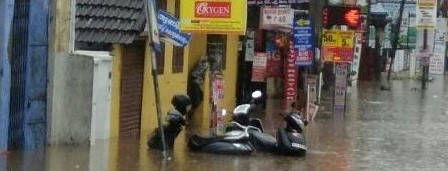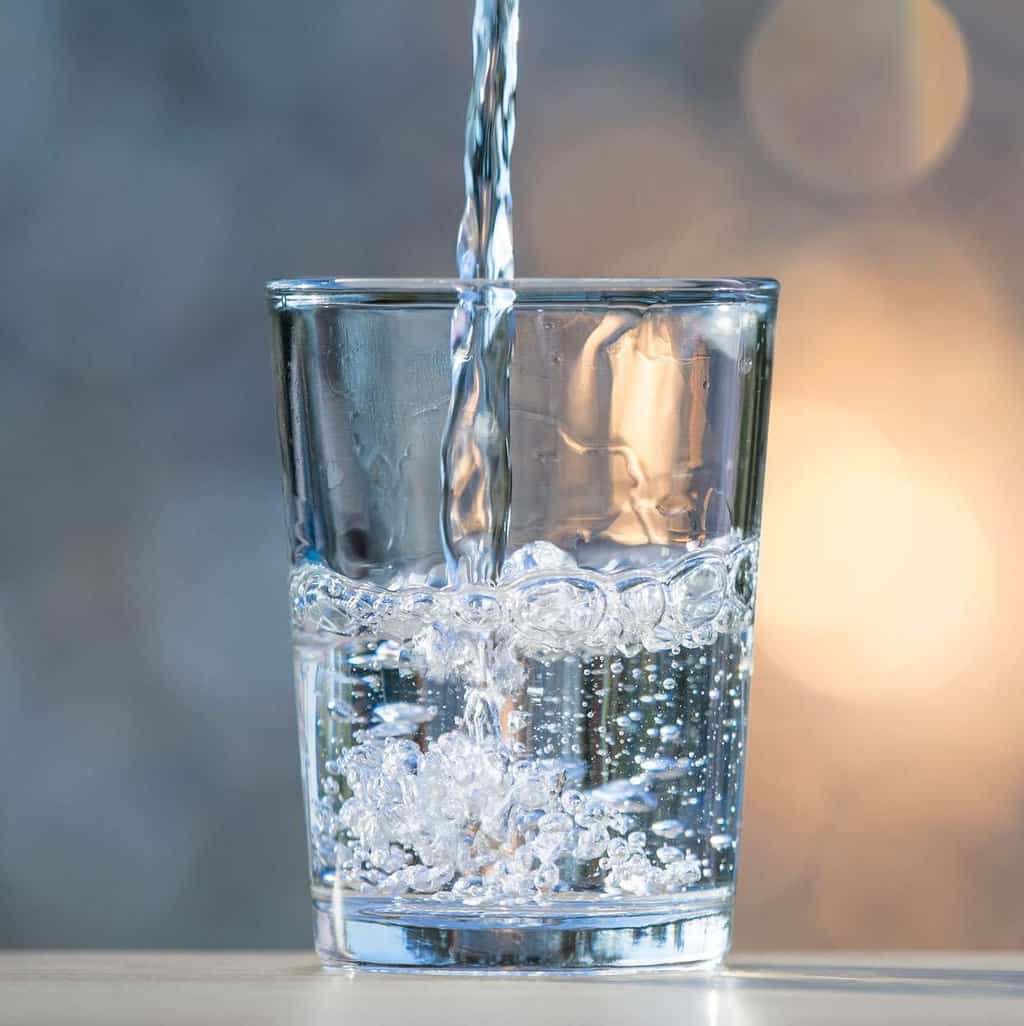Come monsoon, media space is once again brimming with images of deluge and floodwater rushing through the streets and interrupting our lives. The rains help to store a lot of water in our reservoirs, thus they also assist the government in meeting the growing demand for water. However, when it rains, the quality of the water is severely harmed since floodwater can pollute clean water in a variety of ways. It’s usual to see overflowing drainages mixing with streams and spilling into reservoirs or rivers. In underground water storages, wells, and damaged pipes, filthy water seeps in and contaminates rainwater, rendering them unsafe for human use.

As a result, one of the concerns during the monsoon is the quality of the water we drink. The monsoon is also known as the season for water-borne illnesses. This time of year, there is a significant danger of water-related illnesses such diarrhoea, typhoid, jaundice, and cholera. The majority of illnesses spread by water are caused by the water you drink.
Making the water purification process effective enough to prevent bacterial breakouts, pollutants, or viruses from getting into our filtered drinking water is one approach to ensure our health is safe during the season. Because unfiltered water has a high likelihood of containing bacteria, heavy metals, harmful substances like pesticides and fertilisers, as well as many other water-contaminating particles.
Here are a few ideas for water purification:
Boiling of Water
Boiling is one of the most common ways of purifying water. It is effective in killing most of the viruses and bacteria. However, heavy metals and poisonous compounds that are bad for human health are not removed by boiling. In general, boiling would be sufficient if the water came from a municipal source because, in most cases, public water has already been treated and filtered before it gets to your home. Boiling alone might not be completely safe if the source is not a municipal water supply.

UV Purification
Most of the microbes that are present in the water are rendered inactive by ultraviolet (UV) rays. UV purification thereby provides you with pure, clean drinking water. UV water purifiers eliminate all the bacteria and viruses in the water while preserving its inherent minerals. If your water’s TDS level is under 200 ppm and it comes from a municipal source, UV water purifiers are advised.
RO Water Purification
Reverse Osmosis (RO) technology is considered to be the most effective way of water purification. So it can fit into all ranges of scenarios where your source of water is tap, groundwater or the tanker. In addition to eliminating excessive TDS, harmful compounds, and heavy metals from the water, RO membranes efficiently remove all pollutants, particles, and microorganisms that are present in it. Therefore, RO water purifiers are appropriate today, since it is difficult for customers to identify the actual source of the water they consume. RO filters can clean water with a PPM level of up to 2000.
Therefore, choosing the appropriate water purifying technique is essential to safeguarding the health of your loved ones.
Tail piece: What if the carefully chosen water purification method fails? The answer will be too simple. Every type of water purification requires a post-purification monitoring system. To know more, log on to www.greenvironmentindia.com

